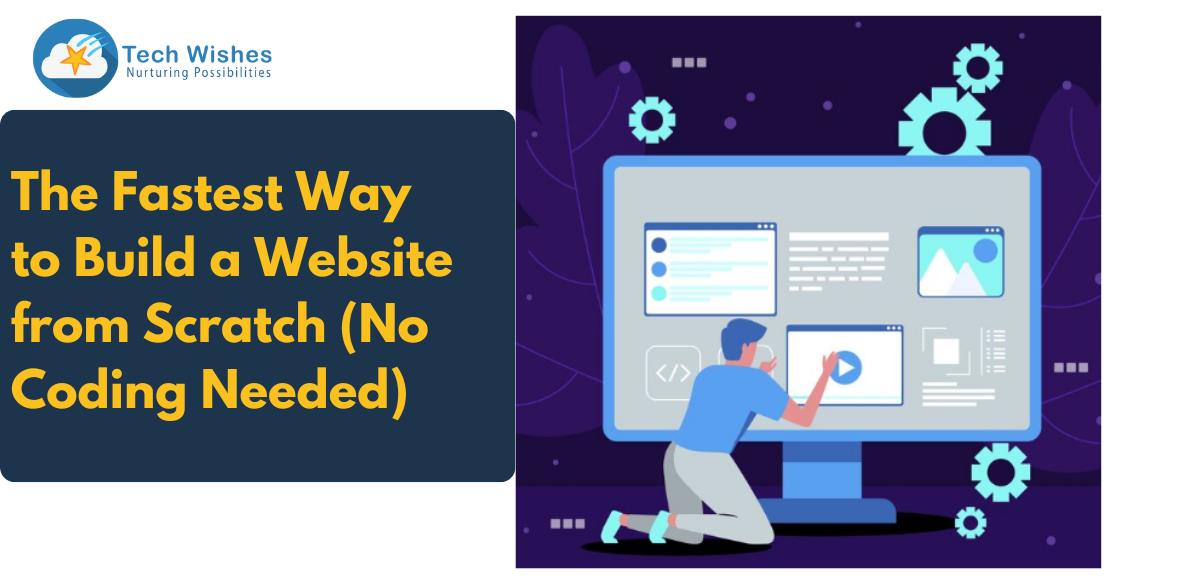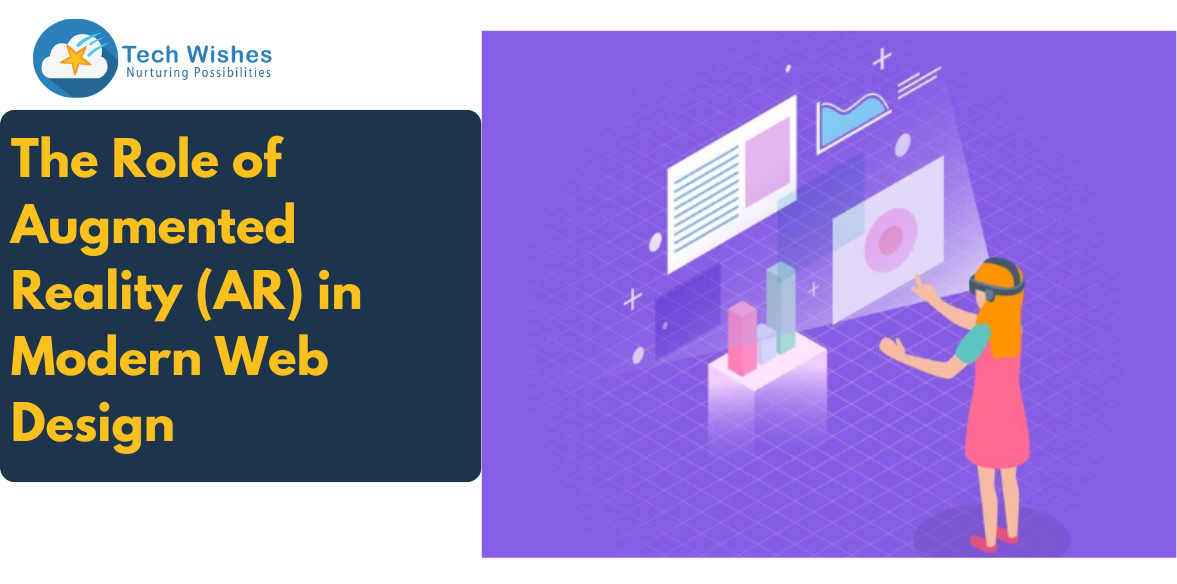Designing with the User in Mind
User experience has emerged as a critical factor in the success of websites and digital products. User-Centred Design (UCD) is a methodology that places the needs and preferences of users at the heart of the design process. By understanding users' behaviours, motivations, and pain points, UCD enables website designers to create intuitive, engaging, and efficient experiences that resonate with the target audience. In this blog, we delve into the principles and practices of User-Centered Design, exploring how it empowers businesses to build exceptional products that leave a lasting impact on users.
1. Understanding User Personas: Creating Realistic User Representations
User personas are fictional characters that represent various segments of your target audience. They are based on real data and insights gathered through research and interviews. By creating user personas, designers gain a deeper understanding of users' goals, challenges, and preferences. This knowledge informs the design decisions and ensures that the final product caters to the needs of specific user groups.
Looking for a website design company in Kolkata? Reach out…
2. Conducting User Research: Unearthing Insights and Pain Points
User research is a fundamental step in the UCD process. Through interviews, surveys, usability testing, and other research methods, website designers gain valuable insights into how users interact with the product and what obstacles they encounter. By identifying pain points and areas of improvement, designers can refine the user experience and eliminate barriers to engagement.
3. Empathy Mapping: Cultivating Empathy for Users
Empathy mapping is a powerful exercise that helps website designers understand users' emotional states and perspectives. By putting themselves in the shoes of users, designers can gain empathy and insight into users' feelings, thoughts, and motivations. This exercise humanizes the design process, enabling designers to create experiences that resonate emotionally with users.
4. Prototyping and Testing: Iterating for Perfection
Prototyping is a crucial phase in UCD, where designers create low-fidelity or high-fidelity representations of the product. These prototypes are then tested with real users to gather feedback and identify areas for improvement. By iterating through multiple cycles of prototyping and testing, designers can refine the product until it meets users' needs and expectations.
5. Focusing on Accessibility and Inclusivity
Inclusivity is an integral part of UCD. Web Designers must consider the diverse needs and abilities of users, including those with disabilities. By ensuring that the product is accessible to all users, regardless of their physical or cognitive abilities, designers can create an inclusive experience that accommodates everyone.
6. Simplifying Navigation and Information Architecture
Clear navigation and intuitive information architecture are vital for a user-friendly experience. UCD emphasizes simplifying complex structures and organizing content in a logical manner. By reducing cognitive load and helping users find what they need effortlessly, designers can enhance engagement and retention.
For more, hire the best website design company in Kolkata…
7. Visual Hierarchy and Call-to-Action (CTA) Optimization
Visual hierarchy guides users through the content, highlighting key elements and directing their attention to important areas. Optimizing CTAs is crucial for driving conversions and encouraging desired user actions. By strategically placing CTAs and using compelling visuals, designers can boost engagement and achieve business goals.
8. Continuous Feedback and Improvement
User-Centred Design is an iterative process that thrives on continuous feedback and improvement. After the product is launched, designers must gather feedback from users and analyze usage data to identify areas that can be enhanced further. By staying responsive to user needs and expectations, designers can ensure that the product evolves with the changing landscape.
Conclusion: The Power of User-Centered Design
User-Centred Design is not just a design process; it is a philosophy that fosters empathy, creativity, and innovation. By putting the audience first, businesses can create products that resonate deeply with users, inspire loyalty, and foster lasting relationships. The value of User-Centered Design extends beyond aesthetics; it encompasses the core essence of delivering meaningful experiences that truly make a difference in users' lives. Embrace User-Centered Design as a guiding principle in your design journey, and witness the transformative impact it brings to your digital products and user engagement. Let your users be the driving force that shapes your success in the dynamic digital landscape.
Hire web designers to know more…



